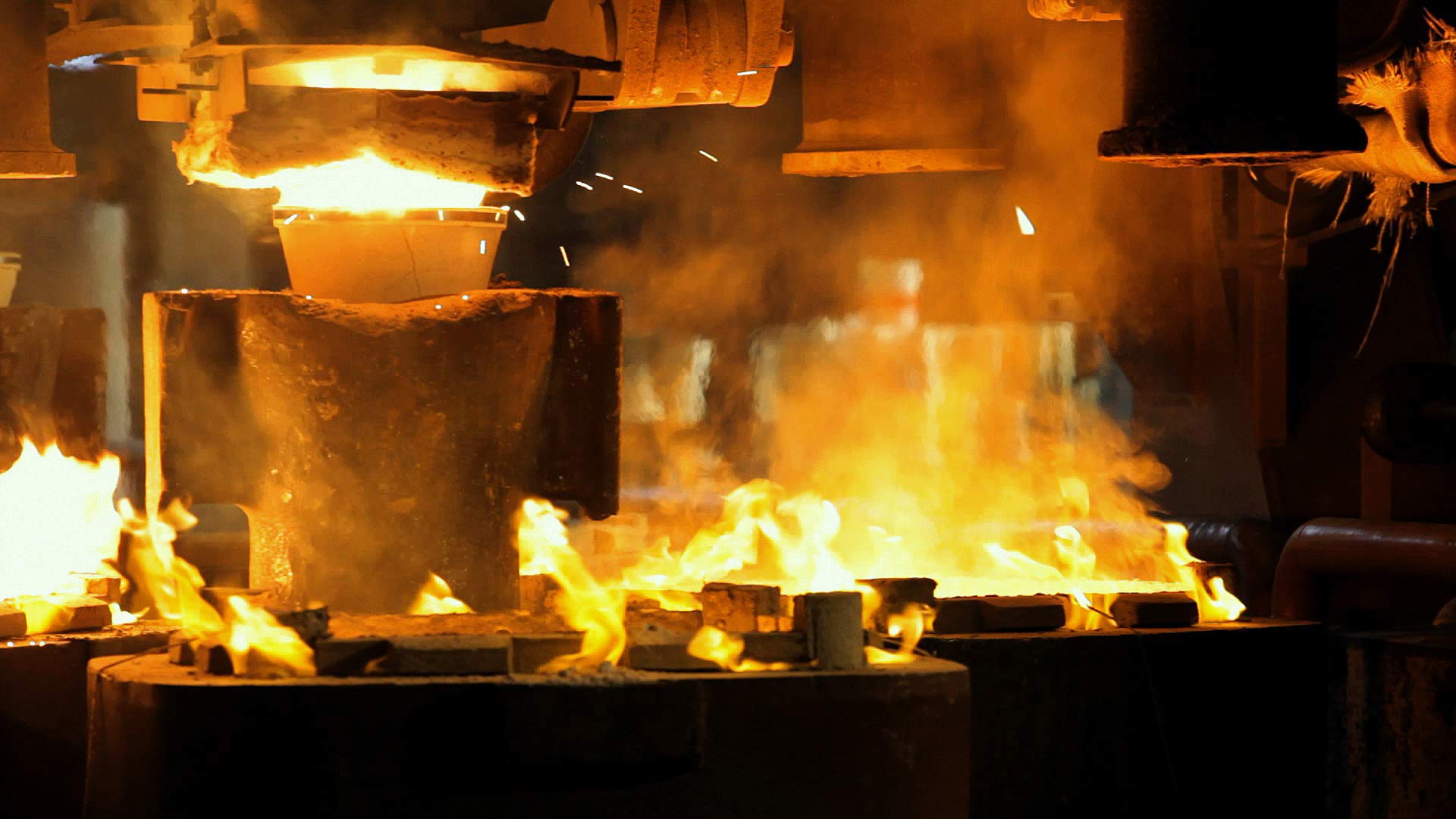Scegli l'unità di misura in cui visualizzare i dati:
Valbruna Grade
214MNCW
Steel type
Austenitic Stainless Steel
Description of material
214MNCW is a Cr- Ni – Mn - N precipitation hardening austenitic stainless steel designed for high strength and hot corrosion resistance at elevated temperature. This grade has a more stable structure than 214MN thanks to its Niobium and Tungsten contents.
Applications
Exhaust valves for gasoline and diesel internal combustion engines where a high temperature strength and corrosion resistance to engine combustion products are needed. It can be used for the exhaust valves of the engines of the majority of cars. Its maximum operating temperature is 790° C. In addition, 214MNCW has been used in heavy duty intake valves of certain engines.
Corrosion resistance
214MNCW has a good resistance to oxidation and sulfidation at elevated temperatures. When solution treated and aged, this grade warrants an austenitic structure with high hardness and the best creep resistance.
Cold working
214MNCW has poor ductility in the annealed condition and is difficult to machine due to Mn and N contents. It’s very difficult to machine this grade and only the grinding process should be carried out. In case of turning, a right choice of tool geometry, feed and cutting fluids should be well evaluated to minimize the strain hardening of surface avoiding the possibility of stress delayed cracks. Abrasive wheel cutting is suggested instead of band and circular sawing. However, abrasive wheel cutting should be carried out with great care and with very good cooling conditions in order to avoid the overheating of the cross-section of bars. For extrusion bars, warm or hot shearing are suitable and correct processes. For small bars, such as precision ground bars for upsetting, the cold shearing (cropping) is preferred but the structure of 214MNCW requires a small clearance between the edge of upper and lower tool in order to facilitates the fracture avoiding large burrs heights and shear cracks. It’s important to point out that this grade, as with similar high Mn - N valve grades, the shift in the ductile-brittle transition temperature curve is just 30°-50° C above room temperature.
Weldability
In solid state joining such as Friction Welding, 214MNCW provides a quality bond line. When friction welded with stems of alloy or martensitic steels, a stress relieving or tempering of valves is mandatory and must be done in order to soften the martensitic structure of HAZ and bond line.
Hot working
214MNCW is suitable for processing by hot extrusion or by upsetting with electric resistance heating. However, overheating must be always avoided. The choice of hot working temperature and process parameters must always evaluate both the strain rate and the consequent increasing of temperature that is reached after hot deformation. High strain rates and temperature at the top end of the range during the extrusion and forging process, could generate internal bursts of the stems of valves. The same care should be carried out for electrical upsetting process in order to maintain the right geometry of the bulb and to avoid hot cracks and internal shortness of the head valve. In both processes, low or medium temperature range of hot working is recommended.
Heat treatment
Valves of 214MNCW should be always solution treated and aged to obtain the best creep resistance and elevated temperature corrosion resistance of exhaust valves.
Designations
| AISI | XEV-F |
|---|---|
| W.N. | 1.4882 |
| UNS | S63019 |
| EN | X50CrMnNiNbN21-9 |

